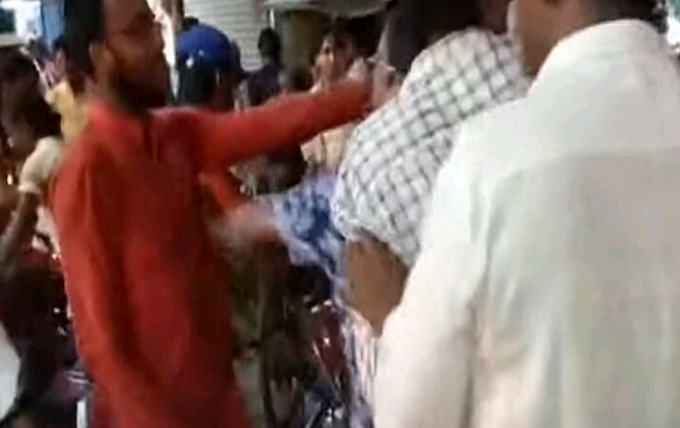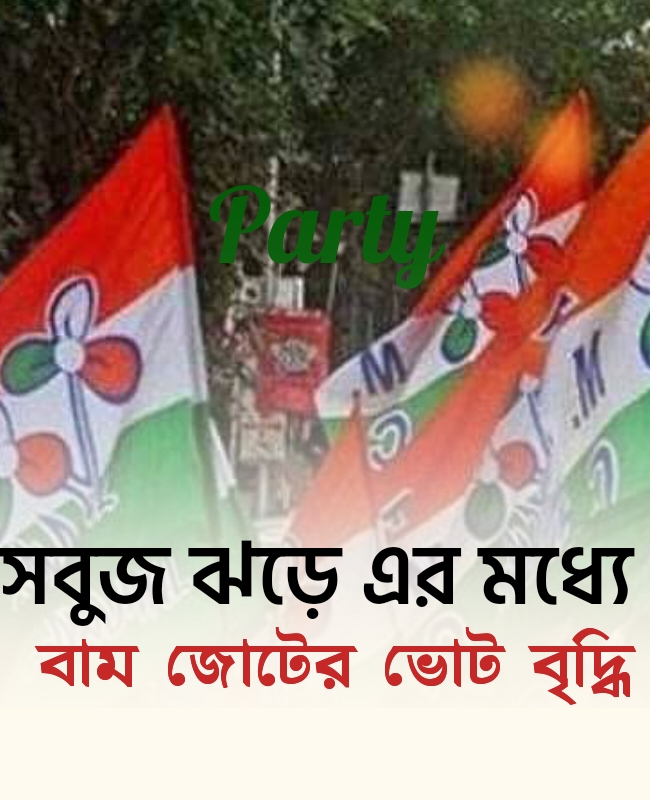Critical Analysis: Article 142 and the Balance of Power
Article 142 of the Indian Constitution grants the Supreme Court discretionary authority to pass any order necessary for “complete justice” in matters before it. Enacted in 1949 as Article 118 of the draft Constitution, it was designed as a safety valve to address exceptional cases where existing laws fall short. Historically, it has been used constructively, such as in the Bhopal Gas Tragedy case (1989) to award compensation, the Coal Block Allocation case (2014) to cancel illegal allocations, and the release of A.G. Perarivalan in the Rajiv Gandhi assassination case (2022). These instances were lauded for filling legislative or executive gaps.
However, the recent Tamil Nadu ruling marks a shift. By deeming bills as approved and setting deadlines for executive action, the Court has ventured into the legislative and executive domains, raising questions about the separation of powers—a cornerstone of India’s constitutional framework. The ruling effectively overrides the President’s authority under Article 201 to withhold assent to state bills, a power meant to safeguard constitutional integrity and Union interests.
Judicial Activism vs. Overreach
The Supreme Court’s use of Article 142 in this case exemplifies judicial activism, where the judiciary steps in to address perceived executive inaction. Supporters argue that the Court was justified: Governor Ravi’s delays, with one bill pending since January 2020, and the President’s rejection of seven bills without prompt reasoning, frustrated the democratic will of Tamil Nadu’s elected legislature. The Court’s intervention, they contend, upholds federalism and prevents the misuse of “pocket vetoes” to stall state legislation.
Yet, critics see this as judicial overreach. The Constitution assigns distinct roles: the legislature makes laws, the executive (including the President and governors) implements or vets them, and the judiciary interprets them. By approving bills directly, the Court has assumed a legislative function, bypassing the executive’s constitutional prerogative. Dhankhar’s “nuclear missile” metaphor underscores the lack of accountability for such judicial actions—unlike the executive or legislature, the judiciary faces no immediate checks for decisions under Article 142. The ruling also sets a precedent for judicial review of presidential actions, potentially reducing the President to a “rubber stamp” in federal disputes.
Implications for Constitutional Balance
The Tamil Nadu case highlights a broader tension in India’s democracy: how to balance judicial independence with the separation of powers. Article 142, while empowering the judiciary to deliver justice, risks tipping the scales when used in routine governance disputes. For instance, in the 2015 NJAC case, the Court invoked Article 142 to enforce judicial appointments, sidelining the President’s role under Article 124. Similarly, the Chandigarh mayoral election case (2024) saw the Court overturn electoral results, drawing criticism for encroaching on executive functions.
The frequent invocation of Article 142—thrice in 2024 alone—has fueled calls for restraint. Legal scholars suggest that such cases should be referred to a Constitution bench of at least five judges to ensure broader deliberation. Others propose a “white paper” to evaluate the long-term impacts of Article 142 judgments, both positive and negative. The absence of clear guidelines on what constitutes “complete justice” leaves room for subjective interpretation, risking inconsistent rulings and constitutional friction.
Federal and Political Dimensions
The ruling also has federal implications. Governors, appointed by the Union government, often act as a check on state legislation that may conflict with central policy. By voiding the President’s decisions and limiting gubernatorial delays, the Court has shifted power toward state governments, potentially weakening the Union’s influence in federal tussles. This could embolden states to challenge gubernatorial or presidential actions through judicial review, escalating Centre-State tensions.
Politically, the judgment has deepened divides. The Tamil Nadu government’s celebration contrasts with the central government’s reported plans to challenge the ruling. Posts on X reflect this polarization, with some users arguing the Court should have directed the governor to act rather than approving bills itself, while others see it as a necessary check on executive overreach.
The Path Forward
The Article 142 row underscores the need for judicial restraint and clearer constitutional boundaries. While the Supreme Court’s role as the guardian of the Constitution is undisputed, its use of Article 142 must align with the doctrine of separation of powers. The judiciary should avoid becoming a “super-Parliament,” as Dhankhar warned, and focus on supplementing, not supplanting, existing laws. A Constitution bench review of the Tamil Nadu ruling could clarify the limits of Article 142 and restore balance.
Moreover, the executive must uphold its constitutional duties promptly to avoid inviting judicial intervention. Governors and the President should provide reasoned decisions within reasonable timeframes, respecting the democratic mandate of state legislatures. Dialogue between the judiciary, executive, and legislature is essential to prevent such clashes from eroding public trust in India’s constitutional framework.
Conclusion
The Article 142 row between the Supreme Court and the President is more than a legal dispute—it’s a test of India’s constitutional democracy. While the Court’s intervention in Tamil Nadu addressed executive delays, it has sparked legitimate concerns about judicial overreach and the erosion of executive authority. As India navigates this delicate balance, the judiciary must wield Article 142 with caution, ensuring that “complete justice” strengthens, rather than destabilizes, the Republic’s foundational pillars.
Sources:
- India Today, “Supreme Court’s judicial overreach? Vice President joins experts with fierce criticism”
- DD News, “Article 142: The Supreme Power or Judicial Overreach?”
- Law Trend, “The Long Arm of Article 142: Judicial Innovation or Constitutional Overreach?”
- LiveLaw, “‘Article 142 Has Become Nuclear Missile’: Vice President Objects To Supreme Court’s Direction Against President”
- The Hindu, cited in India Today, “Using extraordinary powers, SC cleared even










